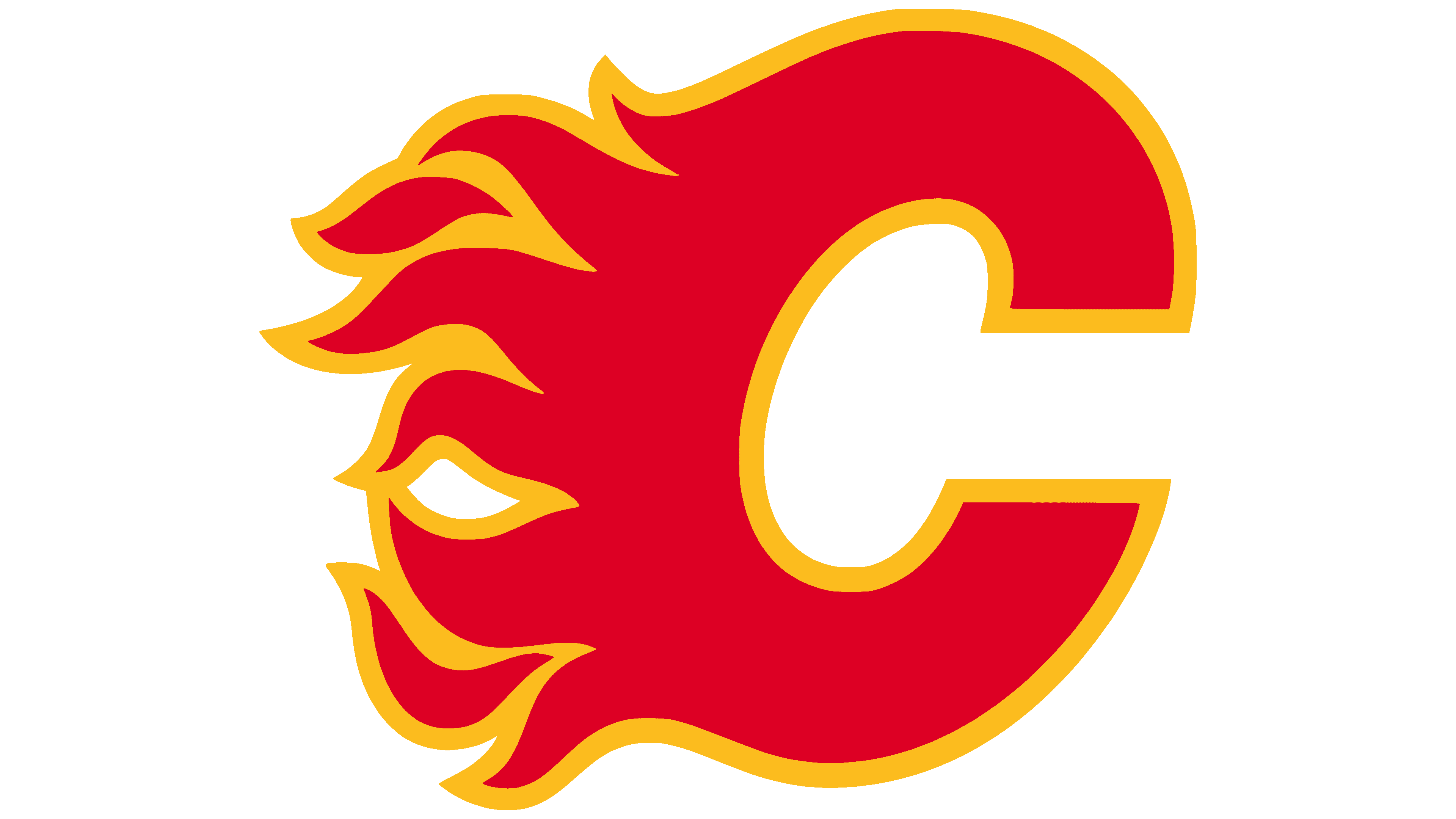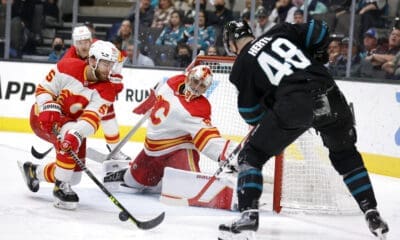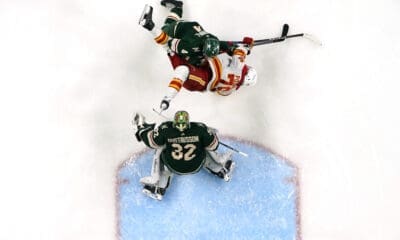Calgary Flames
Making a case for Blocking Shots

I made a case a long time ago for the Flames blocking more shots (the link to which I sadly can’t find at the current time). The team under Keenan had an explicit stated strategy of clearing traffic and getting out of the way so Kipper could have a clean line of sight, rather than getting in front of the shot.
Maybe this makes sense if you have an elite level goaltender and the trade-off between him stopping the puck versus it glancing off a defender and into the net favors the former, but can that be said of Kipper anymore? The Flames were amongst the worst teams in the league in terms of blocking shots (by percentage) in 07/08 and that didn't change this season either. Kipper's SV% the last two years? .906 and .903. Safe to say that whatever the theoretical benefits of not blocking shots may be, they didn't help the team prevent goals the last couple of seasons.
Only the Detroit Red Wings blocked fewer shots than Calgary last season: 741 to the Flames 788. The difference being, the Wings allowed 167 less shots on net over the course of the year. By ratio, the Red Wings blocked approximately 25% of shots directed at their net (blocked shots/blocked shots+shots against), while the Flames were down around 24%. In contrast, the San Jose Sharks allowed just 2228 shots against (fewest in the league), but managed to block 968 or 31%. If the Flames were able to block shots at the same rate, they would have allowed about 2229 shots on net: a 212 shot difference. At Kipper’s .903 SV%, 212 shots against equals roughly 191 saves or an extra 21 goals against.
That's obviously the upper threshold of GA savings, given that a lot of blocked shots are typically from the point and therefore less lethal. Let's assume a .930 SV% on those shots instead – the savings drops to 15 goals against. Still a fairly significant number and probably worth a couple of wins.
To illustrate the potential effects, I ran the numbers for shot block rate and save rate to see how many "extra goals" the Flames potentially gave up last year by being so lax about getting in front of pucks. I went with 1% block rate increase up to 33% across 4 SV% conditions (.903, .915, .930 and .945). Here are the results:
I highlighted a realistically achievable block rate in each condition – not only because the jump isn't overly large, but also because 28-30% is around the mean rate in the league. As you can see, even if it's low quality shots that are being blocked, the goals against begin to pile up nonetheless. In the mean range, the Flames potentially gave up between 6 – 18 extra goals against last year, depending on shot quality. To my eyes, that's a non-trivial amount.
Question is – will the Flames block more shots under Sutter? New Jersey was 24th in the league last season in terms of blocked shots, with 970. They gave up 2415 shots against, for a block rate of 28.7% – a good 4% ahead of the Flames and right in the highlighted range above. So it's certainly possible.
It may be that the Flames just have a lot of players that are lousy at getting in front of shots, but I doubt that's the primary cause: Keenan went on record on multiple occasions stating the team preferred to allow Kipper to see the shot. Of course, there are also potential negative effects to blocking shots: injuries to players, players sliding out of position and pucks glancing off of the shot blocker and into the net (or onto the stick of a waiting opponent). Unfortunately, I can't think of any way to prove or identify the size of the effect of any of these potential issues, so they remain open questions at this time. Still, I find the claim that these supposed negative side-effects will outweigh the benefits of shot blocking to be dubious at best.
by Kent Wilson













